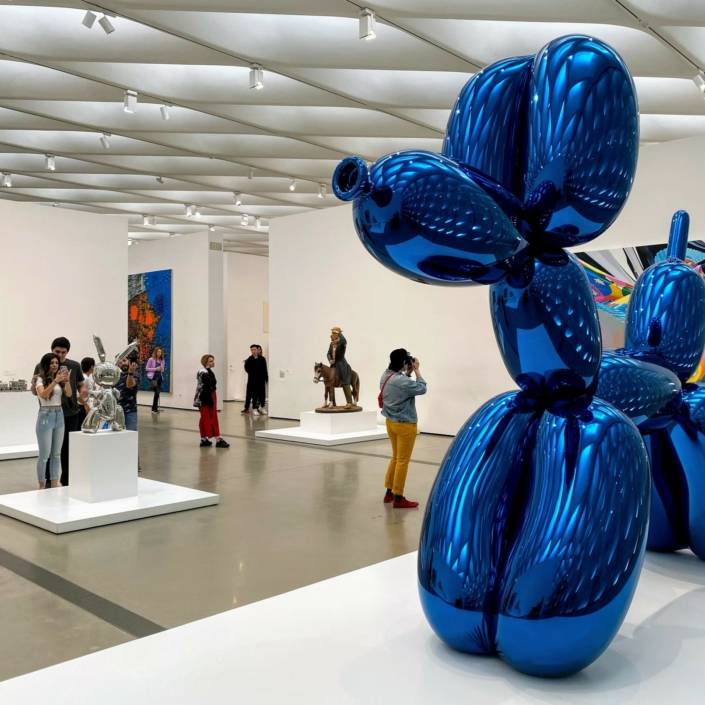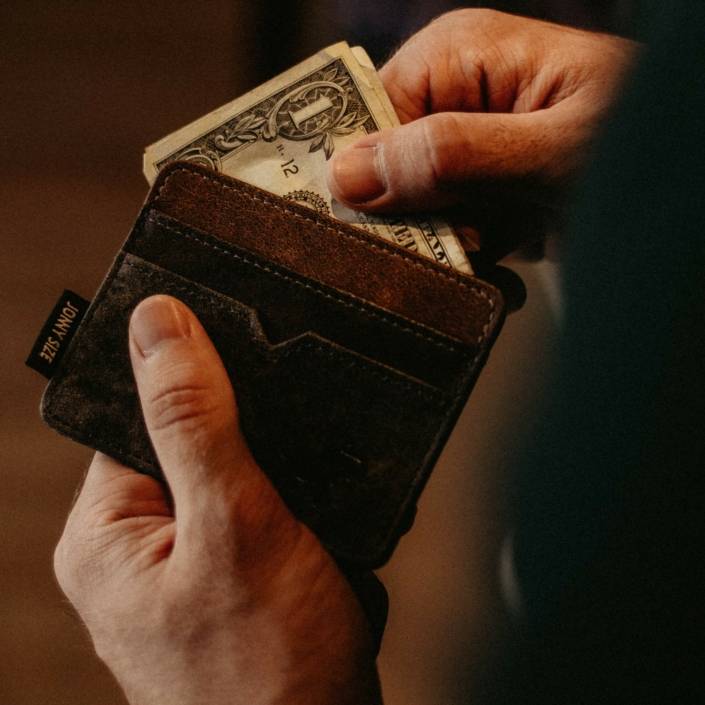Survey: Interesting Collections
We surveyed our writers, curators and artists about the most interesting collection they’ve ever seen…
David Walsh’s collection is super interesting – and its delivery and presentation in the package
of MONA is world class. I like how it is tied into a metanarrative of sex and death.
SEBASTIAN GOLDSPINK, CURATOR
Bill Bowmore’s collection in Newcastle. I was living there in the late 1970s and became a frequent visitor. It was totally magical and utterly eccentric, just like Bill. I don’t know where
it all is now, but he did give his amazing collection of works by Rodin and his Islamic art collection to the Art Gallery of South Australia.
JOANNA MENDELSSOHN, ART CRITIC
Walking into Ray Hughes’ Gallery would create a sensation of excitement in the gut. The only thing the artworks had in common was their ability to induce a strong visceral reaction. It is hard to say what created that – plenty of paint, innovation, Ray’s eye or the way he could put it all together – his collection was unforgettable.
LOUISE MARTIN-CHEW, ARTS WRITER
The Chartwell Collection is my perennial pick, a standout privately funded collection in a country low on meaningful patronage of the visual arts. Held at Auckland Art Gallery Toi o Ta-maki, Chartwell serves to fund and connect broad audiences with the best new art from New Zealand and Australia. FRANCIS MCWHANNELL, ARTS WRITER
One of my primary school teachers, Mrs Griffiths, had a house full of all sorts of decorative trinkets and the like, all of which related to owl imagery. My class attended a school excursion to her museum-like home in Melbourne in 1983. This early experience stayed with me and inspired me to be a collector and an artist – even though technically her home was filled with non-art. I suppose this informs my interest in collections that blur the distinction between what is and isn’t art.
DANIEL MUDIE CUNNINGHAM, ARTIST AND CURATOR
Ginny Green was a collector who really left a mark on me. Few people are going to get the chance to build a collection like hers, but more than that, it was the sense of a life lived with
art – it just felt like an essential part of her world, and her way of thinking about the ideas and things she cared about. It was very personal.
JANE O’SULLIVAN, ARTS WRITER
Gibbs Farm just outside of Auckland features some of the most important international sculptures to be seen in the Antipodes. Over the past two decades its owner Alan Gibbs has commissioned works by the likes of Richard Serra, Anish Kapoor and Andy Goldsworthy, in many cases enticing them to create the largest pieces of their career.
VICTORIA HYNES, ARTS WRITER
In January this year I visited the Aishti Foundation north of Beirut. The foundation was created
in 2015 to display the private collection of luxury department store owner Tony Salamé. The collection has more than 2,000 works, mostly acquired by Salamé during the past 12 years. Salame wanted to “democratise” the experience of looking at art by incorporating exhibition spaces into a new high-end shopping centre. The collection itself seems a little flashy and uneven, but there are plenty of art stars and knock-out works to impress.
SCOTT MILLINGTON, CURATOR AND WRITER
I first met the Minimalist collectors Giuseppe Panza and his wife Rosa Giovanna in the late 1990s when I was a director at a San Francisco Gallery. It always fascinated me that we would close the gallery for a week before their visit to attend to every apparent miniscule flaw – this was way more than a lick of paint – and the result was often the purchase of whole suites of work by an artist. They collected in depth, and they gifted with great reach. As an Australian working abroad, it was a peek into a world we know little of – heady from both a financial, aesthetic and professional perspective.
GINA FAIRLEY, CURATOR AND WRITER










